Architecture studio Undecorated’s lateral thinking shakes up Detroit
The American Midwest has been shaking up the world of architecture. Among emerging practices pioneering change is Detroit-based Undecorated, founded by Ishtiaq Rafiuddin and profiled here as part of our Next Generation 2022 project
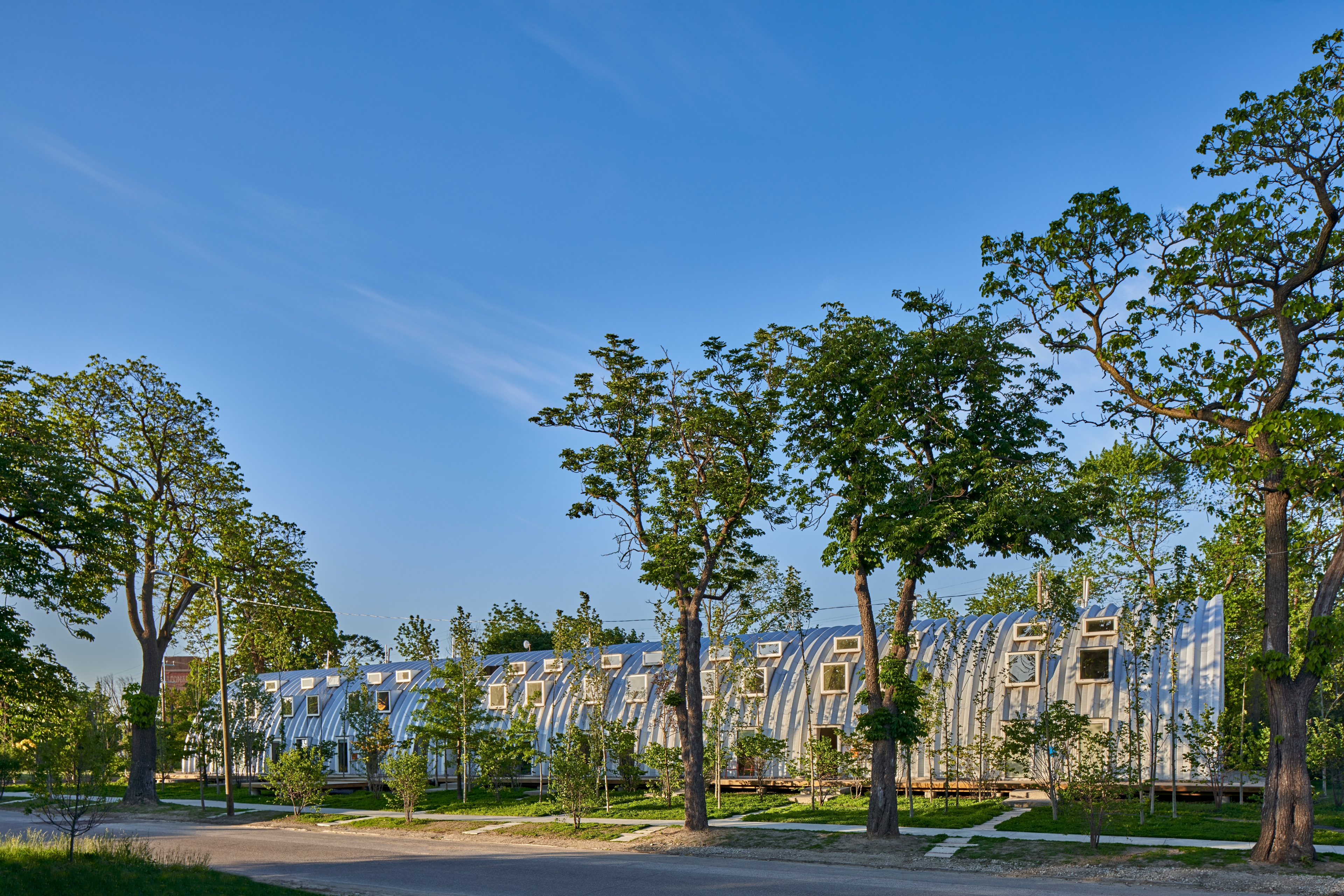
Ishtiaq Rafiuddin founded his architectural design studio Undecorated in 2017 in New York, before moving to Detroit a year later. Now five people strong, the studio is thriving and he’s fallen in love with the Midwestern city, where he has chosen to concentrate his efforts for now, following four years with REX in New York. ‘I am inspired to work in Detroit, a truly American city with incredible history which now requires questionsing and creative problem-solving to spark investment and inspire communities,’ he says.
Conducting thorough research and investigation around each of his commissions sits at the core of Rafiuddin’s approach. ‘[It] is based on the idea that we do not know what we do not know,’ he says. ‘It’s a process where we have to critically analyse the core of the design problem in order to offer a solution. It can be very messy. We have to embrace the process by asking fundamental questions, letting go of preconceived ideas and aesthetics, and [we have to] look for as well as accept the order that emerges from the chaos. At least that's the ambition.’ This means that for him, architecture becomes primarily a thinking exercise, rather than an aesthetic one. ‘A bit like lab work,’ he says.
Ishtiaq Rafiuddin and Undecorated: reimagining architecture in Detroit
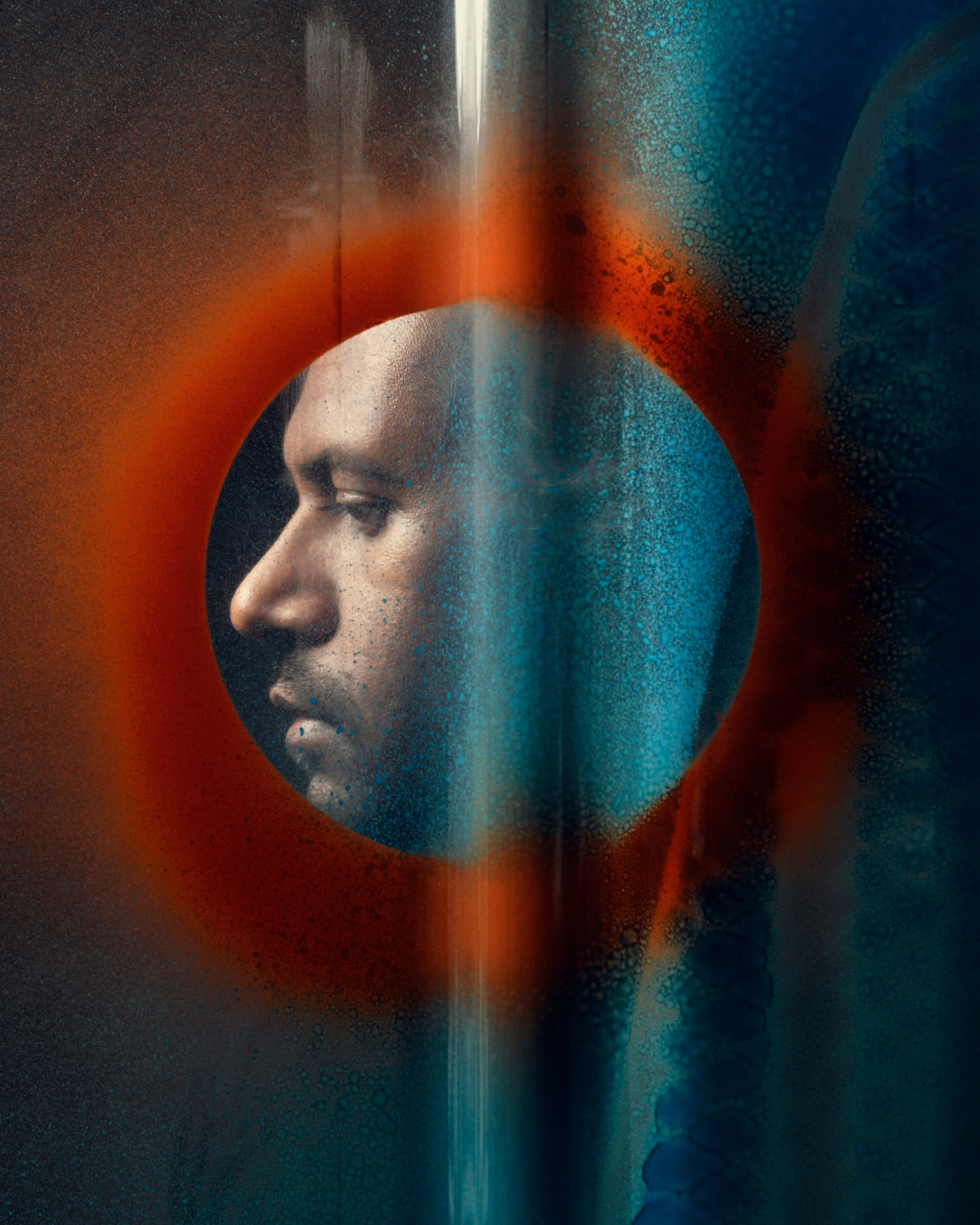
Ishtiaq Rafiuddin of Undecorated.
This attitude can lead to innovative solutions, as displayed in one of his latest works, a Detroit housing project called The Caterpillar, in the Core City neighbourhood. The challenge to deliver ample volume and light for a residential development was met by making the most of the humble Quonset hut typology (a lightweight prefabricated, semi-cylindrical, corrugated galvanised steel structure).
Rafiuddin used prefab elements by Virginia manufacturer SteelMaster to produce a single ‘hut’ containing eight units – a mix of residential and live/work spaces. Reimagining this modest, commercial-grade shell, the architect achieved a series of bright, spacious interiors that feel homely, yet dramatic, with their tall arched ceilings and skylights. The scheme, for local developer Prince Concepts, is surrounded by an urban forest by award-winning landscape architect Julie Bargmann. The result is cost- and time-efficient, yet generous in spatial qualities.
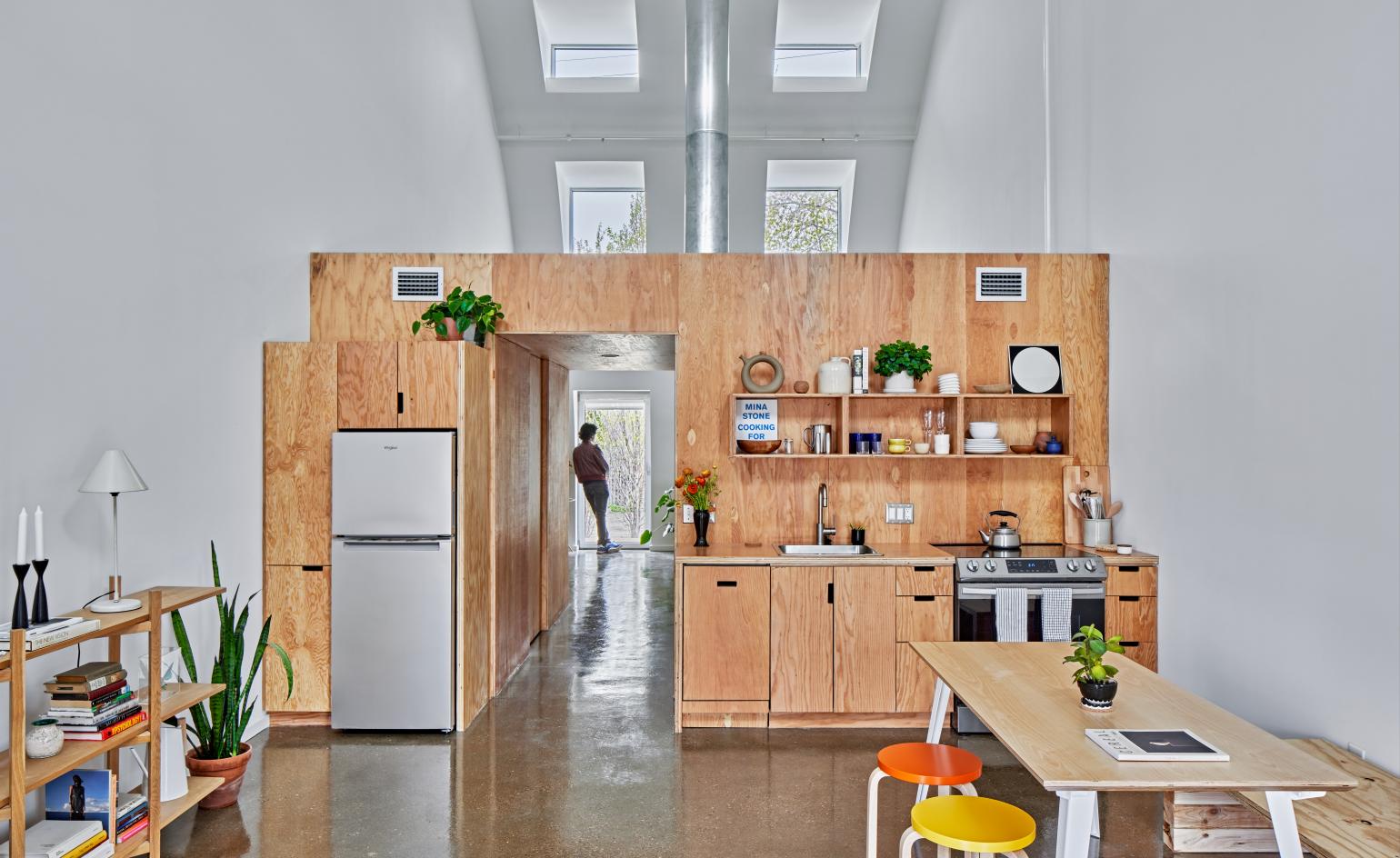
The Caterpillar housing in Detroit.
‘Architecture had the responsibility of improving the quality of life for everyone, and architects pursued grand visions to prove it. We have lost that spirit over the decades,’ Rafiuddin reflects. Which is why he is often inspired by modernist architecture, which he feels represented well that spirit of rebuilding and questioning.
Yet, our era brings its own challenges, including a distinction in attitudes towards architecture, at least in the realm of the US. ‘In general, architecture is not celebrated as widely in the US as it is in Europe,’ he says. ‘Architecture and architects are missing in the middle class. The middle class constitutes most of the built environment and therefore offers the most opportunity. I am continually asking myself why and how I/we can change this and evolve.’ With Rafiuddin’s lateral thinking, anything is possible.
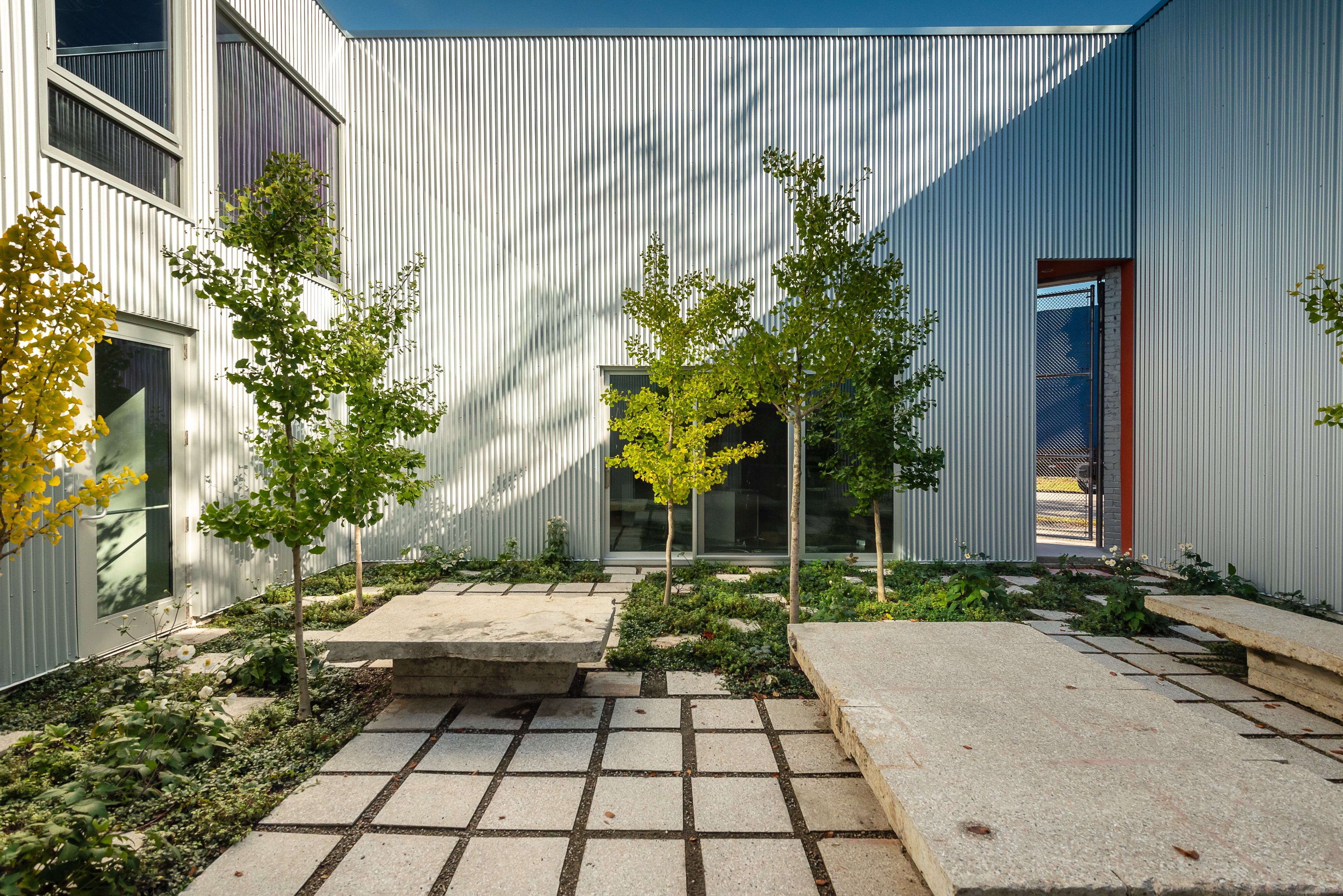
5k mixed use scheme in Detroit
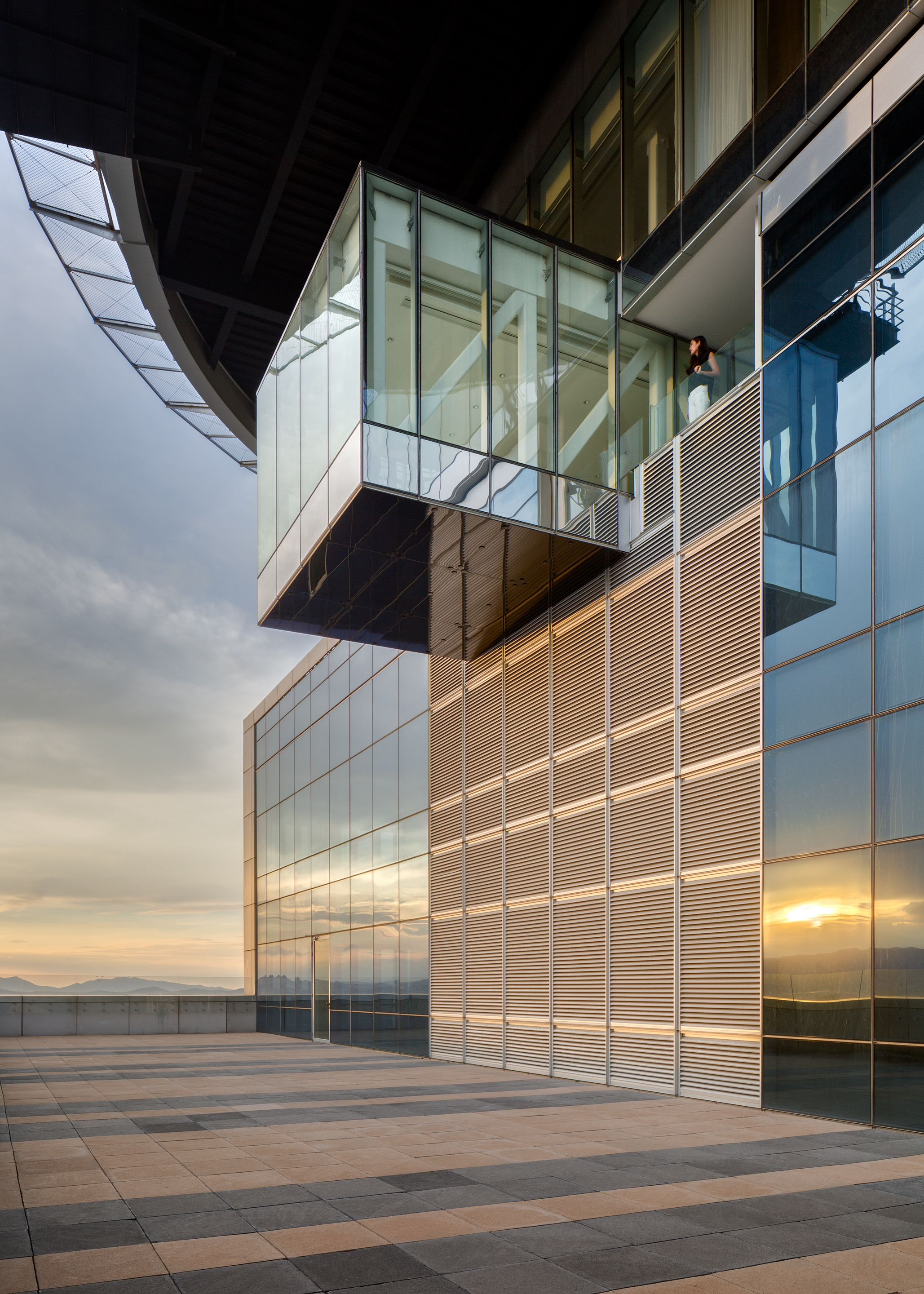
Helipad in Mexico City
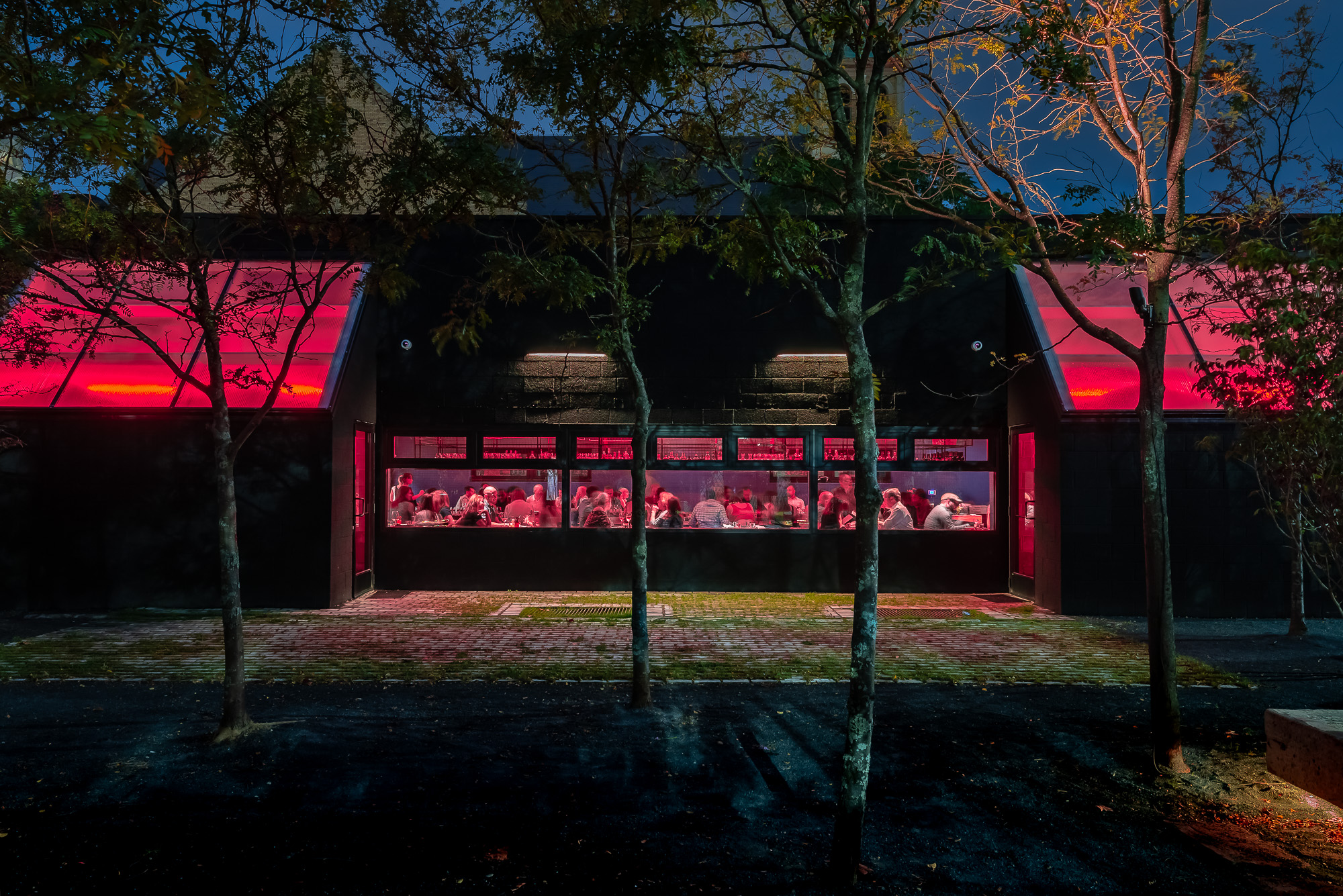
Magnet Restaurant in Detroit
INFORMATION
Wallpaper* Newsletter
Receive our daily digest of inspiration, escapism and design stories from around the world direct to your inbox.
Ellie Stathaki is the Architecture & Environment Director at Wallpaper*. She trained as an architect at the Aristotle University of Thessaloniki in Greece and studied architectural history at the Bartlett in London. Now an established journalist, she has been a member of the Wallpaper* team since 2006, visiting buildings across the globe and interviewing leading architects such as Tadao Ando and Rem Koolhaas. Ellie has also taken part in judging panels, moderated events, curated shows and contributed in books, such as The Contemporary House (Thames & Hudson, 2018), Glenn Sestig Architecture Diary (2020) and House London (2022).
-
 Naoto Fukasawa sparks children’s imaginations with play sculptures
Naoto Fukasawa sparks children’s imaginations with play sculpturesThe Japanese designer creates an intuitive series of bold play sculptures, designed to spark children’s desire to play without thinking
By Danielle Demetriou
-
 Japan in Milan! See the highlights of Japanese design at Milan Design Week 2025
Japan in Milan! See the highlights of Japanese design at Milan Design Week 2025At Milan Design Week 2025 Japanese craftsmanship was a front runner with an array of projects in the spotlight. Here are some of our highlights
By Danielle Demetriou
-
 Tour the best contemporary tea houses around the world
Tour the best contemporary tea houses around the worldCelebrate the world’s most unique tea houses, from Melbourne to Stockholm, with a new book by Wallpaper’s Léa Teuscher
By Léa Teuscher
-
 This minimalist Wyoming retreat is the perfect place to unplug
This minimalist Wyoming retreat is the perfect place to unplugThis woodland home that espouses the virtues of simplicity, containing barely any furniture and having used only three materials in its construction
By Anna Solomon
-
 We explore Franklin Israel’s lesser-known, progressive, deconstructivist architecture
We explore Franklin Israel’s lesser-known, progressive, deconstructivist architectureFranklin Israel, a progressive Californian architect whose life was cut short in 1996 at the age of 50, is celebrated in a new book that examines his work and legacy
By Michael Webb
-
 A new hilltop California home is rooted in the landscape and celebrates views of nature
A new hilltop California home is rooted in the landscape and celebrates views of natureWOJR's California home House of Horns is a meticulously planned modern villa that seeps into its surrounding landscape through a series of sculptural courtyards
By Jonathan Bell
-
 The Frick Collection's expansion by Selldorf Architects is both surgical and delicate
The Frick Collection's expansion by Selldorf Architects is both surgical and delicateThe New York cultural institution gets a $220 million glow-up
By Stephanie Murg
-
 Remembering architect David M Childs (1941-2025) and his New York skyline legacy
Remembering architect David M Childs (1941-2025) and his New York skyline legacyDavid M Childs, a former chairman of architectural powerhouse SOM, has passed away. We celebrate his professional achievements
By Jonathan Bell
-
 The upcoming Zaha Hadid Architects projects set to transform the horizon
The upcoming Zaha Hadid Architects projects set to transform the horizonA peek at Zaha Hadid Architects’ future projects, which will comprise some of the most innovative and intriguing structures in the world
By Anna Solomon
-
 Frank Lloyd Wright’s last house has finally been built – and you can stay there
Frank Lloyd Wright’s last house has finally been built – and you can stay thereFrank Lloyd Wright’s final residential commission, RiverRock, has come to life. But, constructed 66 years after his death, can it be considered a true ‘Wright’?
By Anna Solomon
-
 Heritage and conservation after the fires: what’s next for Los Angeles?
Heritage and conservation after the fires: what’s next for Los Angeles?In the second instalment of our 'Rebuilding LA' series, we explore a way forward for historical treasures under threat
By Mimi Zeiger